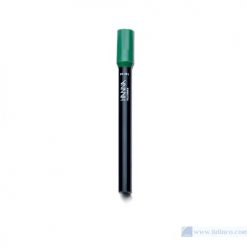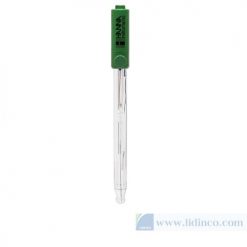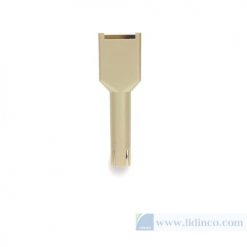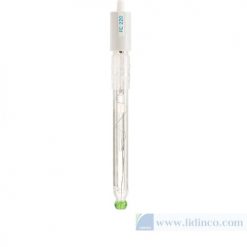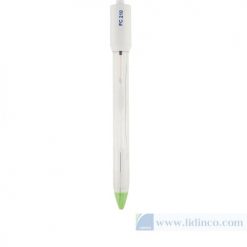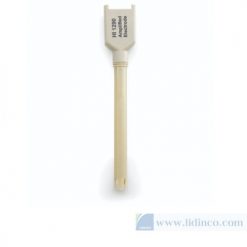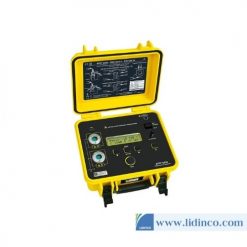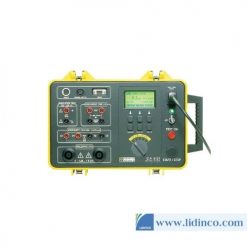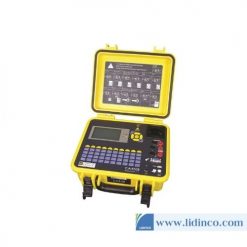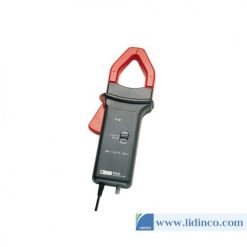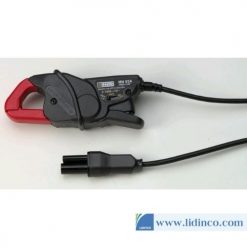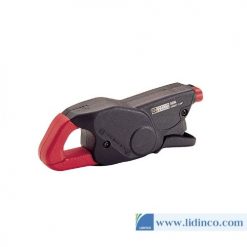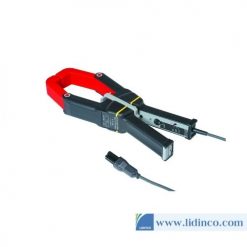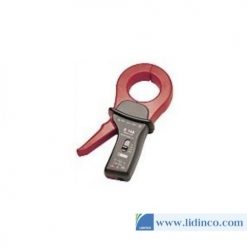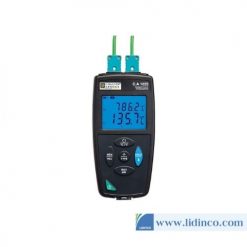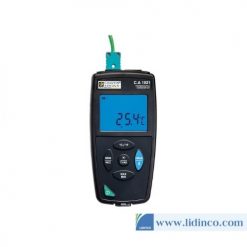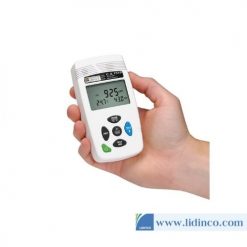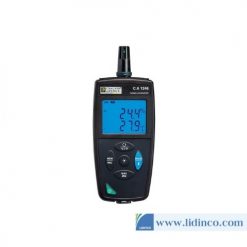-
×
 Máy hiện sóng Siglent SDS3104X HD 1 × 177.120.000đ
Máy hiện sóng Siglent SDS3104X HD 1 × 177.120.000đ -
×
 Máy hiện sóng Siglent SDS3054X HD 1 × 142.020.000đ
Máy hiện sóng Siglent SDS3054X HD 1 × 142.020.000đ -
×
 Probes for DMM Sensepeek SP10 1 × 880.000đ
Probes for DMM Sensepeek SP10 1 × 880.000đ -
×
 Programmable Switching DC Power Supply Siglent SPS5162X (15A-160V) 1 × 39.520.000đ
Programmable Switching DC Power Supply Siglent SPS5162X (15A-160V) 1 × 39.520.000đ -
×
 Programmable Switching DC Power Supply Siglent SPS5164X (7.5A-160V) 1 × 55.640.000đ
Programmable Switching DC Power Supply Siglent SPS5164X (7.5A-160V) 1 × 55.640.000đ -
×
 Programmable Switching DC Power Supply Siglent SPS5161X (7.5A-160V) 1 × 32.240.000đ
Programmable Switching DC Power Supply Siglent SPS5161X (7.5A-160V) 1 × 32.240.000đ -
×
 Programmable Switching DC Power Supply Siglent SPS5165X (7.5A-160V) 1 × 66.820.000đ
Programmable Switching DC Power Supply Siglent SPS5165X (7.5A-160V) 1 × 66.820.000đ
Subtotal: 514.240.000đ

 Máy hiện sóng Siglent SDS3104X HD
Máy hiện sóng Siglent SDS3104X HD 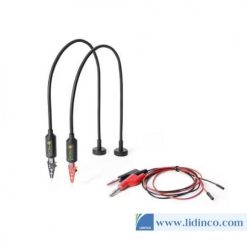 Probes for DMM Sensepeek SP10
Probes for DMM Sensepeek SP10 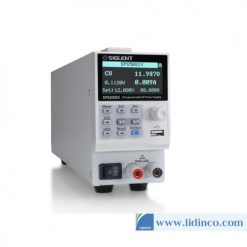 Programmable Switching DC Power Supply Siglent SPS5162X (15A-160V)
Programmable Switching DC Power Supply Siglent SPS5162X (15A-160V) 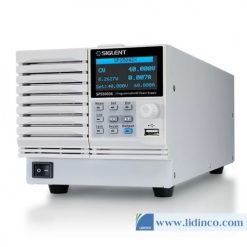 Programmable Switching DC Power Supply Siglent SPS5164X (7.5A-160V)
Programmable Switching DC Power Supply Siglent SPS5164X (7.5A-160V) 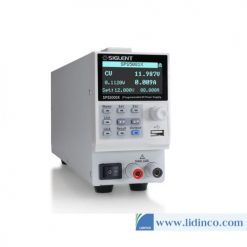 Programmable Switching DC Power Supply Siglent SPS5161X (7.5A-160V)
Programmable Switching DC Power Supply Siglent SPS5161X (7.5A-160V) 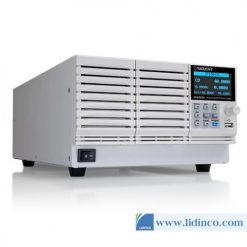 Programmable Switching DC Power Supply Siglent SPS5165X (7.5A-160V)
Programmable Switching DC Power Supply Siglent SPS5165X (7.5A-160V) 



